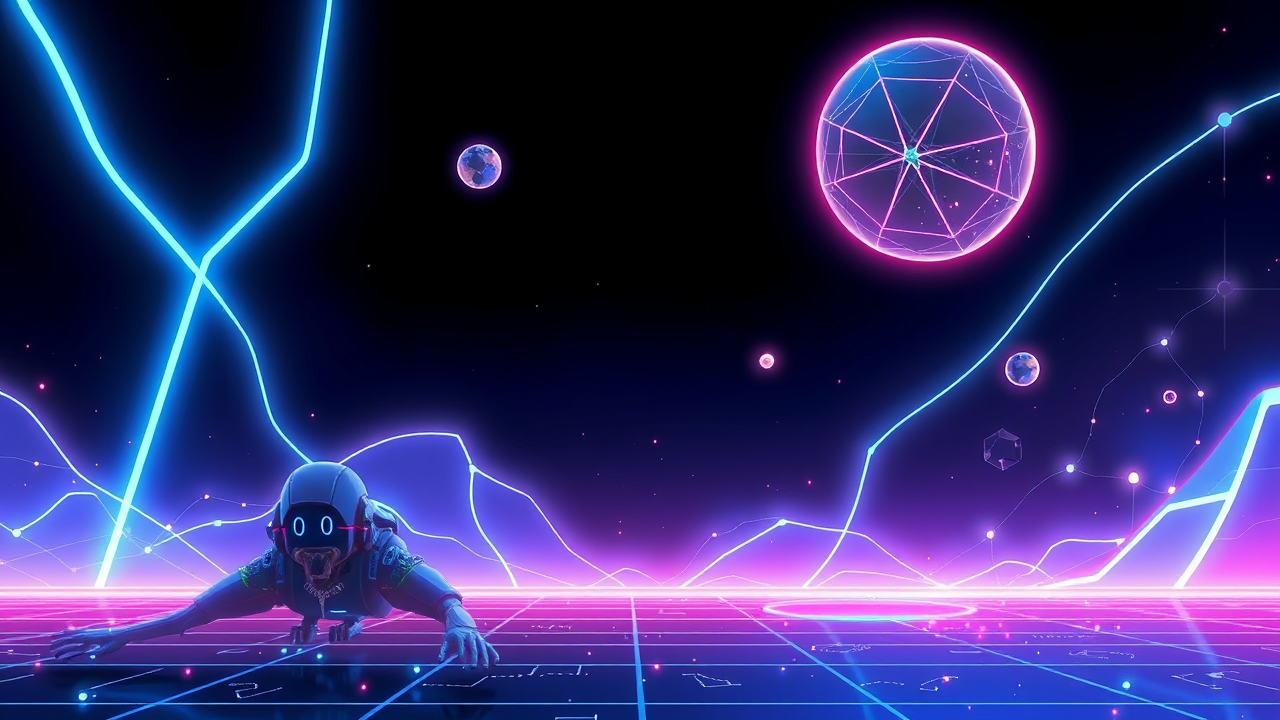OpenAI Expands ChatGPT With Apps and Platform Features
OpenAI's latest expansion of ChatGPT from a conversational interface into a consolidated platform hosting integrated applications represents a fundamental and deliberate shift in the strategic architecture of artificial intelligence deployment, moving us closer to a paradigm where the AI model itself becomes the operating system. This isn't merely an incremental update; it's a philosophical gambit to position ChatGPT as a central, sticky ecosystem—a walled garden of computational capability where users can access a multitude of functions, from data analysis and design tools to specialized knowledge bases, without ever needing to navigate away to a separate website or service.By drawing external functionalities directly into its own environment, OpenAI is attempting to solve the 'context switching' problem that plagues modern digital workflows, but in doing so, it is also aggressively competing with the very app stores and software platforms that have defined the last decade of computing. The technical underpinnings likely involve sophisticated API orchestration and a sandboxed environment for these 'apps' to run securely, a non-trivial feat that speaks to the maturation of their underlying infrastructure beyond simple text-in, text-out interactions.Historically, we've seen this pattern before: browsers sought to become platforms with plugins, mobile OSes became gatekeepers through their app stores, and now foundational AI models are making a bid for the same central role. The implications are profound and multifaceted.For developers, it presents a new, potentially massive distribution channel, but one that is entirely controlled by a single corporate entity, raising questions about platform neutrality, data sovereignty, and the economic model for third-party creators. For users, the convenience of a unified AI assistant that can seamlessly transition from writing an email to booking a flight to analyzing a spreadsheet is undeniable, yet this convenience comes at the cost of deepening our dependency on a single AI provider and its specific worldview, its inherent biases, and its commercial incentives.From an AGI safety perspective, this consolidation of power and influence in one ecosystem is a double-edged sword; it allows for more centralized control and alignment efforts, but it also creates a single point of failure and a potent vector for misuse if the platform's integrity is ever compromised. Experts in the field are already drawing parallels to the 'embrace, extend, extinguish' strategies of past tech giants, wondering if this is the first move in a larger chess game to dominate the next layer of the software stack.The chaos referenced in the original article isn't just about user interface confusion; it's the systemic chaos of an industry being reshaped in real-time, where the boundaries between an application, a platform, and a foundational model are blurring beyond recognition. As we watch this unfold, the critical question remains: are we building a future of open, interoperable AI tools, or are we constructing a new digital kingdom with its own rulers and subjects, all living within the walls of ChatGPT?.
Latest News
It’s quiet here...Start the conversation by leaving the first comment.
